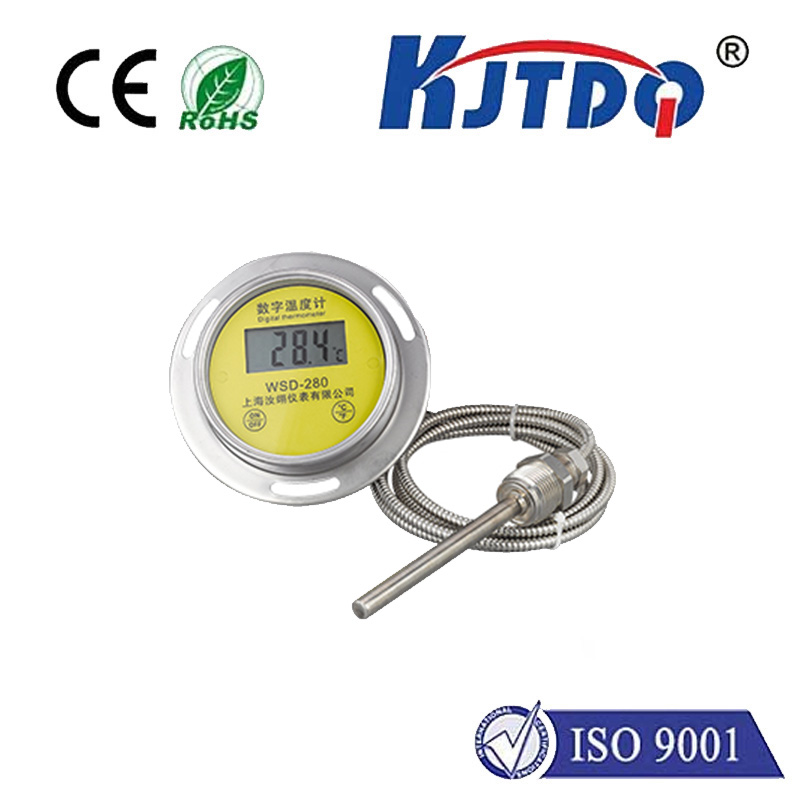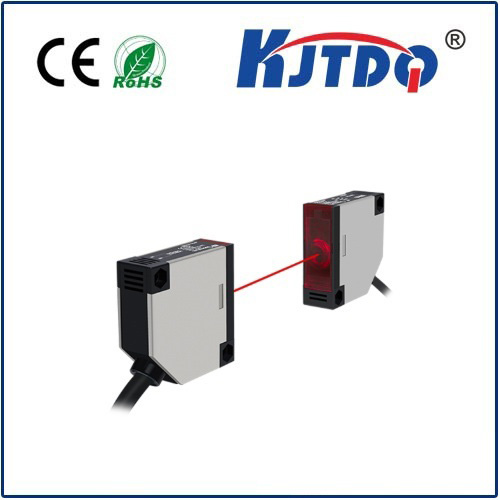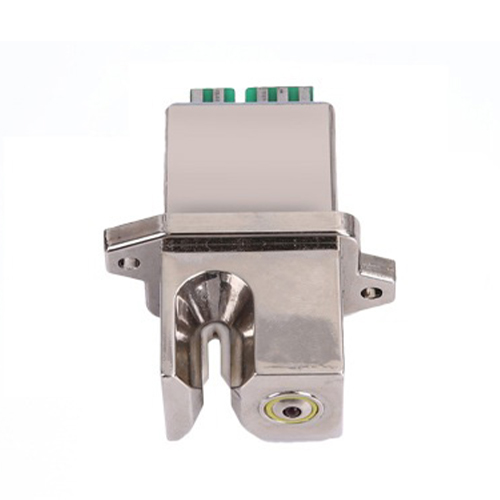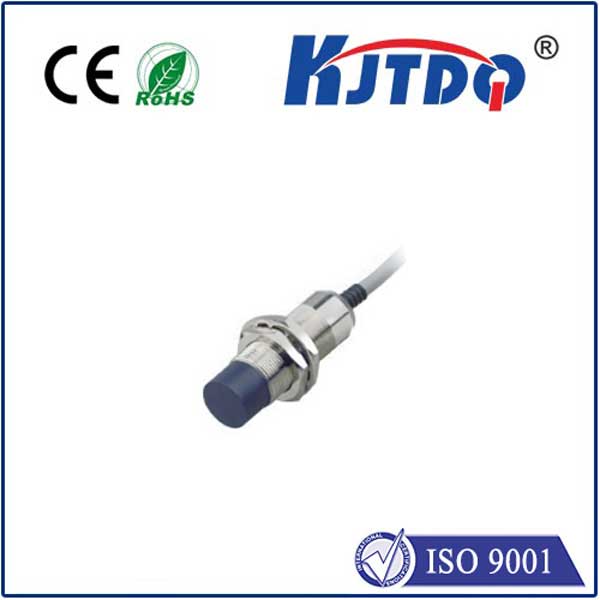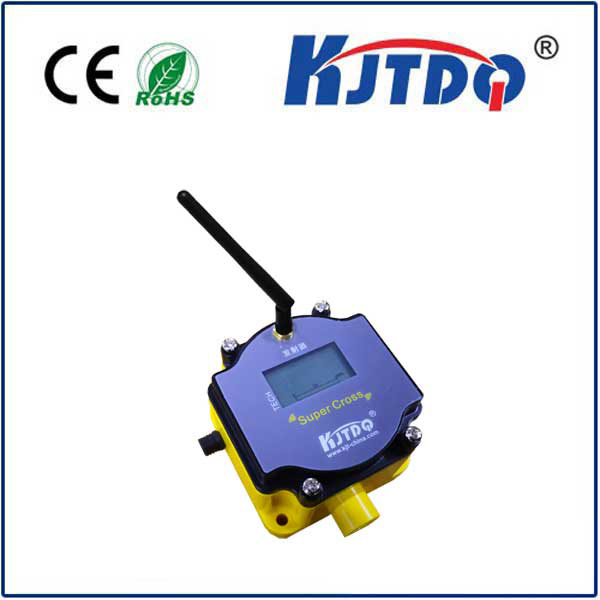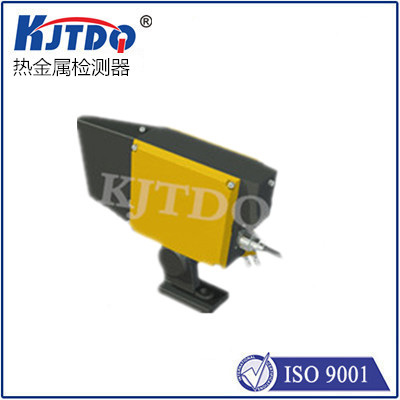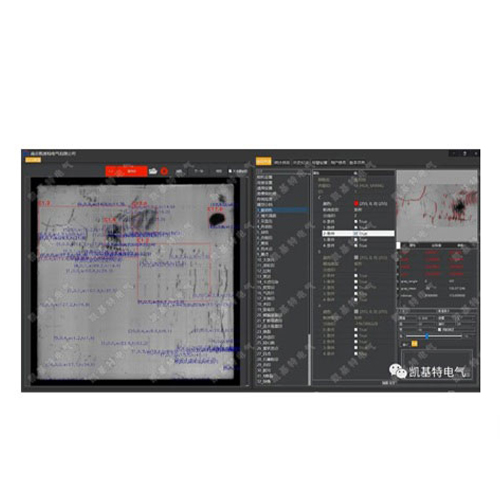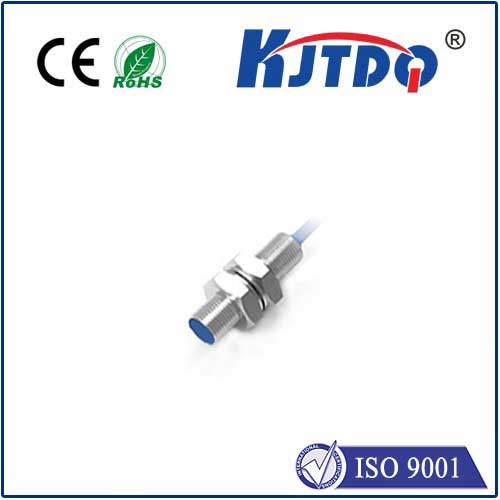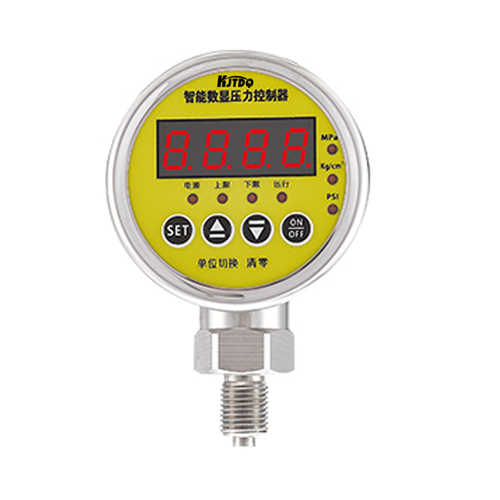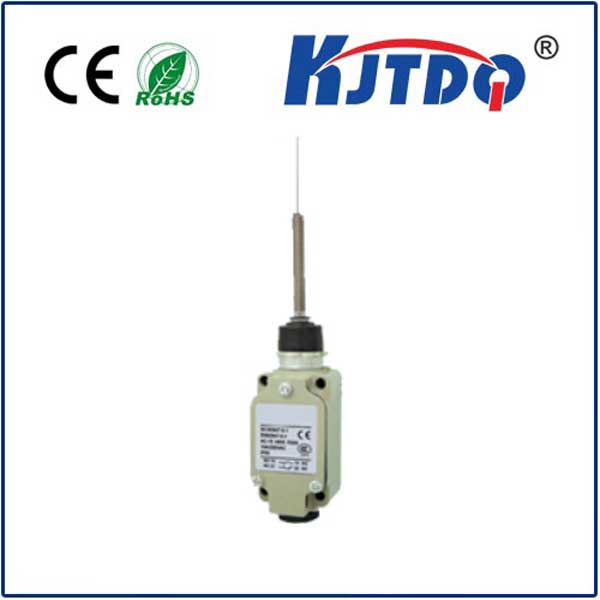

check

check

check

check

check

check

check

check

check

check
Understanding Limit Sensor Switches: A Comprehensive Guide
The term "limit sensor switch" is commonly used in the industrial automation sector to describe a specific type of device that detects the presence or absence of an object, typically to determine its position. These switches are vital components for machinery and equipment where accuracy and precision are paramount. In this comprehensive guide, we will delve into the world of limit sensor switches, discussing their functions, types, and applications.
What Are Limit Sensor Switches?
Limit sensor switches are electromechanical devices designed to sense the position of objects like hydraulic cylinders, robotic arms, valves, or any moving parts within a machinery system. When an object reaches a predefined position, it triggers the switch, which in turn sends an electrical signal to control other parts of the system. This mechanism ensures that processes occur reliably and repeatedly without the need for manual intervention.
Types of Limit Sensor Switches
There are various types of limit sensor switches, each with its own unique set of features and benefits. Common varieties include:

1. Mechanical Limit Switches: These are simple devices consisting of an actuator lever that physically moves when contacted by an object, activating the switch inside. They are reliable, easy to install, and cost-effective, making them suitable for basic applications.
2. Proximity Sensors: Unlike mechanical switches, proximity sensors use magnetic fields, electromagnetic radiation, or sound waves to detect objects without physical contact. They offer higher flexibility and can operate in harsh environments where contact may be impractical or undesirable.
3. Photoelectric Sensors: These sensors use a beam of light and a receiver to detect objects. When an object interrupts the beam, it triggers the switch. They provide high-speed detection and are often used in high-precision applications.
4. Ultrasonic Sensors: Ultrasonic sensors use sound waves at frequencies above the range of human hearing to measure distances. They can detect objects through fog, smoke, and in environments where there is dust or other airborne particles.
Applications of Limit Sensor Switches
Limit sensor switches have broad applications across various industries, playing critical roles in ensuring safety, efficiency, and consistency. Here are some examples:
1. Manufacturing Industry: In assembly lines, limit sensor switches monitor the position of conveyor belts, robotic arms, and sorting mechanisms to ensure accurate product placement and operation synchronization.
2. Automotive Industry: In vehicle production, these switches are used to verify the correct installation of parts such as doors, windows, and seats during the manufacturing process.
3. Packaging Machines: In packaging operations, limit sensors control the positioning of products before sealing, labeling, or boxing to maintain quality and compliance with standards.
4. HVAC Systems: Heating, ventilation, and air conditioning (HVAC) systems use limit switches to control dampers, fans, and other components to manage indoor climate effectively.
In conclusion, limit sensor switches serve as the backbone of many automated systems due to their reliability and accuracy. Understanding the different types available and how they function helps in selecting the appropriate switch for specific tasks. Whether it's a mechanical lever or a sophisticated ultrasonic system, limit sensor switches are instrumental in streamlining processes and enhancing operational effectiveness. As technology evolves, so do these switches, promising even more advancements in the way machines interact with their environment.
